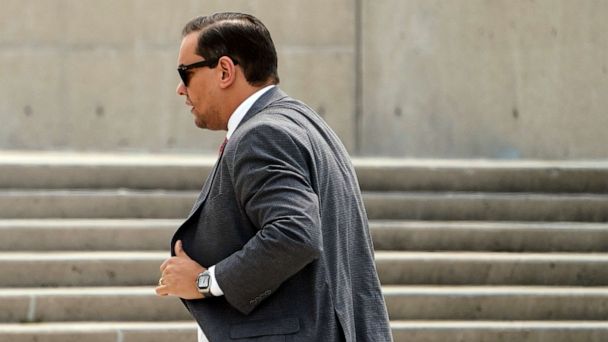focus

Roughly 7.7% of Americans didn’t have any health insurance as of this past March — a “record low” uninsured rate, according to the latest health insurance survey from the Centers for Disease Control and Prevention.
However, that uninsured rate — which still translated to more than 25 million Americans with no health coverage — is almost certainly higher now. That’s because the data don’t include the millions of low-income Americans who have lost the Medicaid coverage they gained during the pandemic.
advertisement
Congress passed a law in March 2020 that gave states extra federal Medicaid funds, but states could only receive that money if they agreed to loosen eligibility requirements and keep more people enrolled. Changes in income or unfiled paperwork were no longer valid reasons to remove someone from Medicaid while the public health emergency was in effect.

Unlock this article by subscribing to STAT+ and enjoy your first 30 days free!
GET STARTED Log In





